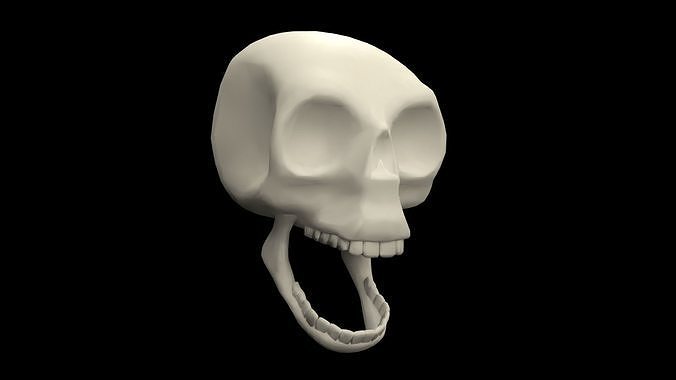
Skull 3D model
A skull is the bony structure that forms the head of vertebrates, including humans. It provides protection and support for the brain and sensory organs, such as the eyes, ears, and nose. The human skull is a complex arrangement of bones that come together to form a protective enclosure for the brain and the structures associated with it.
The human skull serves several vital functions beyond protecting the brain. It provides attachment points for muscles that allow for chewing, facial expressions, and head movement. The skull's intricate design reflects the balance between providing protection and accommodating the various structures and functions of the head.
In addition to its biological significance, the skull has held cultural and symbolic meanings throughout history and across different societies. It has been used as a symbol of mortality, danger, and even artistic expression in various art forms and rituals.







